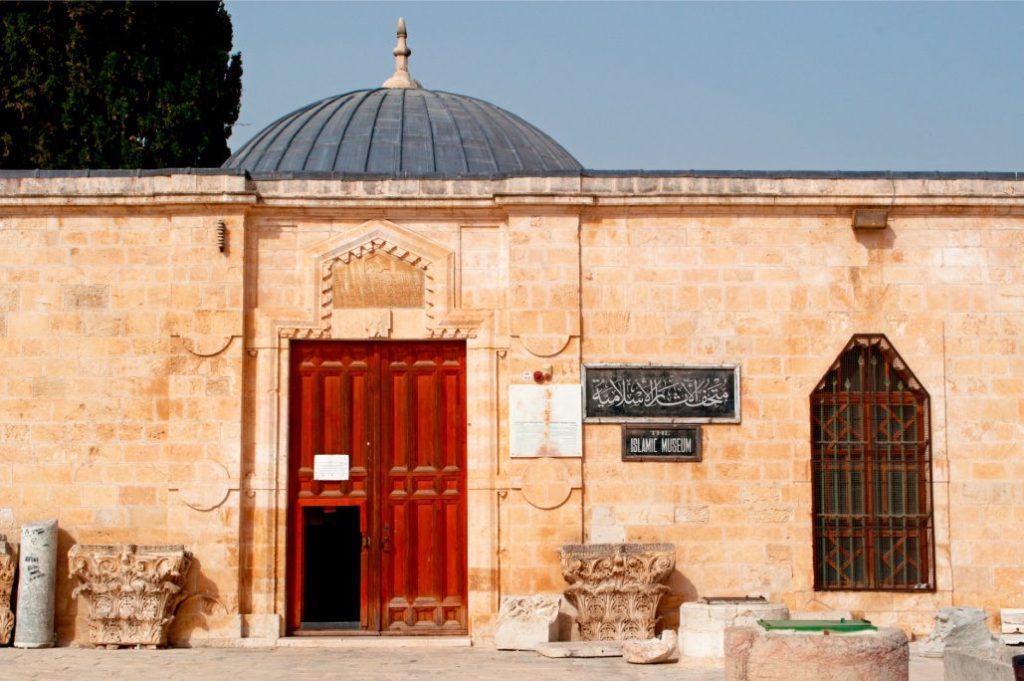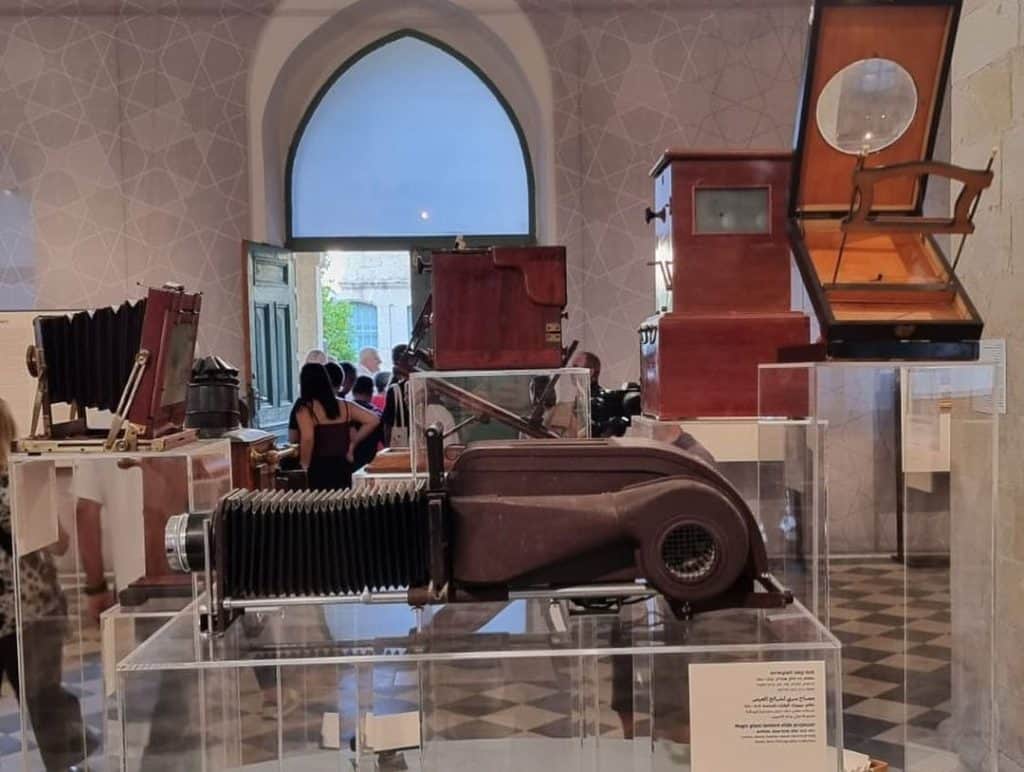Firstly, the Islamic Museum’s focus is on the history of Islam. In fact, the museum is documenting ten periods of Islamic history and celebrating several Muslim regions. Today you can find it just next to the Moroccan Gate and the al-Aqsa Mosque on the Temple Mount in the Old City section of Jerusalem. Moreover, the museum is there since 1923 and is under the responsibility of the Supreme Muslim Council and is based in a building that was built by the Knights Templar.

Islamic Museum: Permanent Collection
To start with The Islamic Museum has an impressive collection of artifacts and objects relating to the rich history of Islam. Also, its exhibits include a fascinating array of items from the reign of Suleiman the Magnificent; including a soup kitchen dating back to the 16th century with large copper soup kettles that were once used in the Haseki Sultan Imaret; along with ceramic tiles; wooden panels; iron doors; and beautiful stained-glass windows.

Also, other interesting pieces on display include a large collection of weapons. For example, a cannon used to announce the breaking of Ramadan; and a large wax tree trunk. Furthermore, a minbar (the pulpit in a mosque) built by Nur ad-Din Zangi in the 12th century was defaced by an Australian tourist in 1969 and its charred remains are on display in the museum. Also another harrowing exhibit documents the riots that took place and display the blood-stained clothing of 17 Palestinians that were killed in the protest.
Museum of Islamic and Near Eastern Cultures

Qur’an Manuscripts
Today, the Islamic Museum has an extensive collection of more than 600 copies of the Qur’an from various historical periods. They differ in size, ornamentation, and calligraphy. The religious manuscripts were given to the al-Aqsa Mosque by emirs; caliphs; sultans; and ulama during the Abbasid; Ayyubid; Fatimid; Ottoman; and Umayyad eras.
The Sanctification of Jerusalem in Islam

Also, notable manuscripts include a hand-written Qur’an whose transcription is believed to have been written by the great-great-grandson of the Prophet Muhammad. And there is a beautiful Kufic script dating back to the 8th century and the only remaining manuscript of an extensive 30-part Moroccan Rab’ah that Sultan Abu al-Hasan al-Marini of Morocco dispatched to the mosques of the three holy cities in Islam; namely Mecca; Medina; and Jerusalem. Also, Don’t miss the massive three-by-three-foot Qur’an dating back to the 14th century.
The Islamic Museum Opening Hours:
Sunday: Closed
Mon-Wed: 10:00-15:00
Thursday: 10:00-19:00
Friday-Saturday: 10:00-14:00

